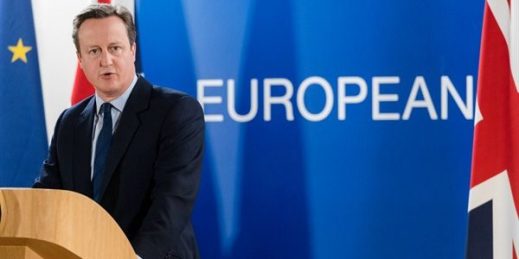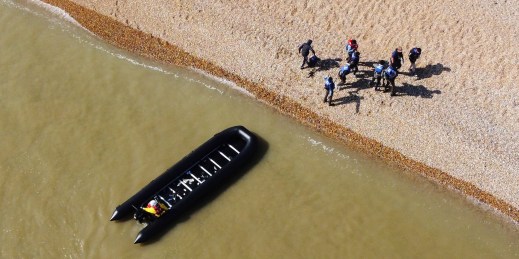Latest Archive
Free Newsletter

Fears of a commodities trap are once again inflaming politics across Latin America. The latest illustration of the tensions and tradeoffs at the heart of these confrontations comes from Panama, where recent protests have forced the country to restrict new mining projects and may shut down a globally significant copper mine.

Most international coverage of Panama’s drought focuses on shipping delays through the Panama Canal. Locals are more worried about its impact on potable water. More worrying is the fact that Panama is not the only Latin American country currently facing water scarcity. To the contrary, the entire region is in the grips of a dry spell.

Against the backdrop of the Israel-Hamas war, Israel’s Arab partners have faced pressure from their fiercely pro-Palestinian populations to address Gaza’s plight. Crucially however, they have also gravitated to the U.S. for security assurances amid fears of regional flare-ups and tensions with Iranian allies across the region.

If there is one thing the U.S. does better and more of than any other country, it is spend money on defense. U.S. defense spending, currently over $800 billion, is greater than the next 10 countries combined. Somewhat paradoxically, however, the massive level of U.S. defense spending isn’t enough. How is that possible?
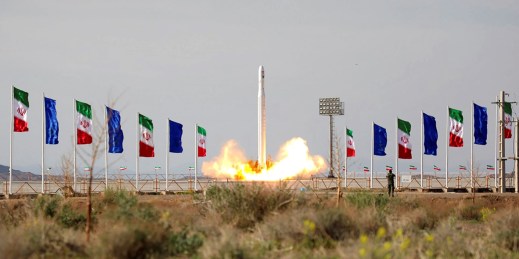
In September, Iran successfully placed an imaging satellite into orbit. But instead of showcasing a true breakthrough for Iran’s space program, the launch highlighted the enduring technological challenges that the program faces as well as Tehran’s continued inability to place militarily useful satellites into orbit.
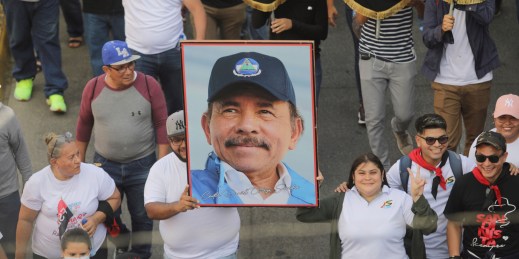
In Nicaragua, the steady dismantling of democracy by President Daniel Ortega and his wife, Vice President Rosario Murillo, has been advancing for many years. But in the past couple of weeks, the Ortega-Murillo regime took control of the country’s Supreme Court, a dramatic move that arguably crossed the line into dictatorship.
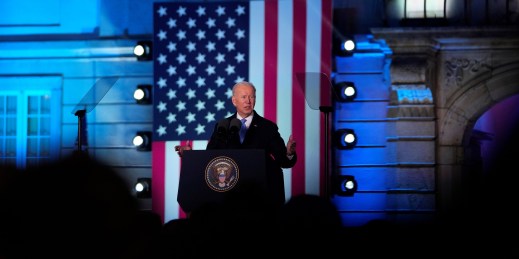
Today’s violent and complex world has drawn many historical analogies, particularly with the 1950s and the start of the Cold War. While the current geopolitical landscape does not feature two blocs in the Cold War sense, we can distinguish two families of countries or “worlds,” geographically, but above all politically and culturally.
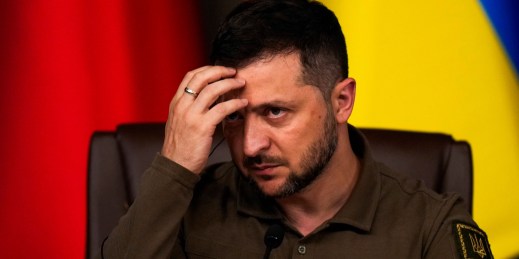
In an information landscape where social media-driven news cycles often burn out in a day, engaging with the public responsibly over months and years has become one of the most difficult challenges that governments face. Yet this is what Kyiv must do as it becomes clear that the war in Ukraine will continue for the foreseeable future.
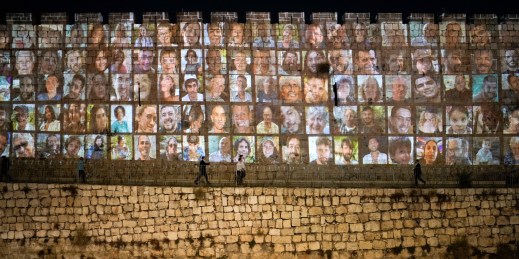
The atrocities accompanying the Israel-Hamas conflict have led many observers to ask if it makes sense to speak about the laws of war when armed actors seem only too willing to ignore them. But to say that the laws of war are ineffective is to misunderstand how they are meant to work—and do work—even when they seem to be ignored.
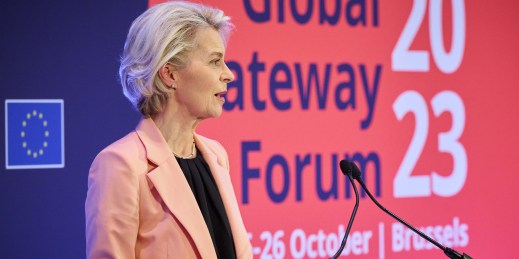
EU officials have been careful to avoid framing Global Gateway, an infrastructure development initiative, as a response to China’s Belt and Road Initiative, but comparisons between the two frameworks are inevitable. It is no surprise, then, that the narratives the EU uses to discuss the Global Gateway contest those surrounding the BRI.
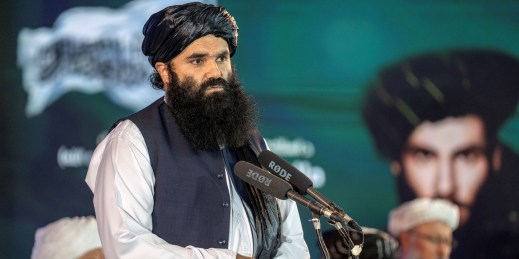
U.S. technical consultation with Taliban authorities is necessary to advance specific and urgent interests, such as out-migration of Afghans processed for U.S. residency. But senior overtures to Taliban leadership would require a shift in the policy landscape. That may explain some recent actions taken by the Biden administration.

